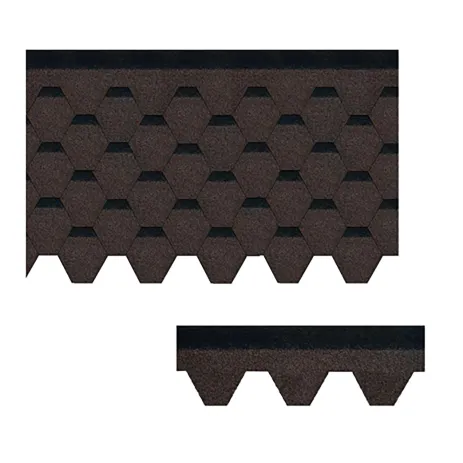
nov . 07, 2024 06:50 Back to list
Understanding the Lifespan of Asphalt Roofing Materials for Better Home Maintenance
The Lifetime of Asphalt Roofs What You Need to Know
Asphalt roofing has long been a popular choice for homeowners due to its affordability, versatility, and relatively easy installation. However, understanding the lifetime of an asphalt roof is crucial for effective maintenance and planning for future replacement. Asphalt roofs typically come in two forms asphalt shingles and rolled asphalt. Each has its own expected lifespan and factors that influence their longevity.
Lifespan of Asphalt Roofs
On average, asphalt shingles can last anywhere from 15 to 30 years, depending on the quality of the materials and the installation techniques used. Premium architectural shingles, for example, tend to have a longer lifespan of about 30 years, while the more basic three-tab shingles might only last between 15 to 20 years. In contrast, rolled asphalt roofing, often used for low-slope or flat roofs, typically lasts around 10 to 15 years.
Several factors can significantly impact the lifespan of an asphalt roof
1. Quality of Material Not all asphalt shingles are created equal. Higher-quality brands often employ advanced technology and better materials, enhancing their durability and resistance to elements. Investing in quality materials can extend the lifespan of your roof considerably.
2. Installation Proper installation is critical. Poorly installed roofs can suffer from leaks, shingle lifting, and premature wear. It's advisable to hire qualified professionals who are familiar with local building codes and best practices for installation.
asphalt roof lifetime

3. Climate and Weather Conditions The local climate plays a significant role in determining the longevity of asphalt roofs. Regions with extreme temperatures, high humidity, or heavy snowfall can result in quicker deterioration. For instance, excessive heat can cause shingles to warp or crack, while heavy rain and snow may lead to water damage and mold growth.
4. Roof Maintenance Regular maintenance can greatly extend the life of an asphalt roof. Routine inspections can help identify issues like missing or damaged shingles, debris buildup, and signs of water infiltration early on. Clearing gutters and ensuring proper drainage can prevent water pooling, which often leads to significant damage over time.
5. Ventilation Proper attic ventilation is crucial for the health of an asphalt roof. Poor ventilation can lead to heat buildup, which can make shingles brittle and accelerate their degradation. Ensuring that the attic is well-ventilated can help maintain an optimal temperature and prolong the life of the roofing material.
Signs that Your Asphalt Roof Needs Replacement
As your asphalt roof approaches the end of its expected lifespan, it’s essential to be vigilant for signs that it may need replacement. Look for cracked or curled shingles, granule loss, and leaks in the attic or ceiling. If you notice sagging areas or a substantial amount of debris in the gutters, it may be time to consult a professional roofing contractor for an assessment.
Conclusion
While asphalt roofs are a cost-effective and popular roofing solution, understanding their lifetime and the factors that can affect that longevity is essential for any homeowner. Regular maintenance, quality installation, and being proactive about any signs of wear can help you get the most out of your asphalt roof. Ultimately, investing time and resources into your roof’s upkeep will protect your home and provide peace of mind for many years to come.
-
Rubber Roofing Shingles - Durable & Weatherproof SBS Rubber Asphalt Shingles for Homes & Businesses
NewsJul.08,2025
-
Crest Double Roman Roof Tiles – Durable, Stylish Roofing Solution at Competitive Prices
NewsJul.08,2025
-
T Lock Asphalt Shingles Durable Roofing Solution for Long-lasting Protection
NewsJul.08,2025
-
Top Stone Coated Metal Roofing Suppliers & Manufacturers Durable Stone Coated Metal Tile Solutions
NewsJul.07,2025
-
How Many Bundles of Asphalt Shingles in a Square? Fast Roofing Guide & Tips
NewsJul.07,2025
-
How Long Should a Cedar Shake Roof Last? Expert Guide & Replacement Options
NewsJul.06,2025







